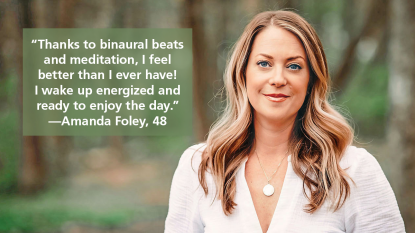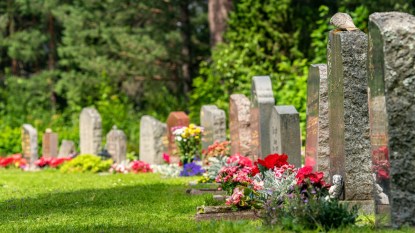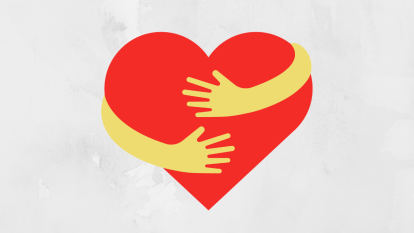What Does It Mean To Be a Mom? Maggie Doyne, Who Helps Care for 70+ Kids, Expanded the Definition
"It all comes back to the power of love that we all have for a child. It's one of the strongest forces in the entire world."
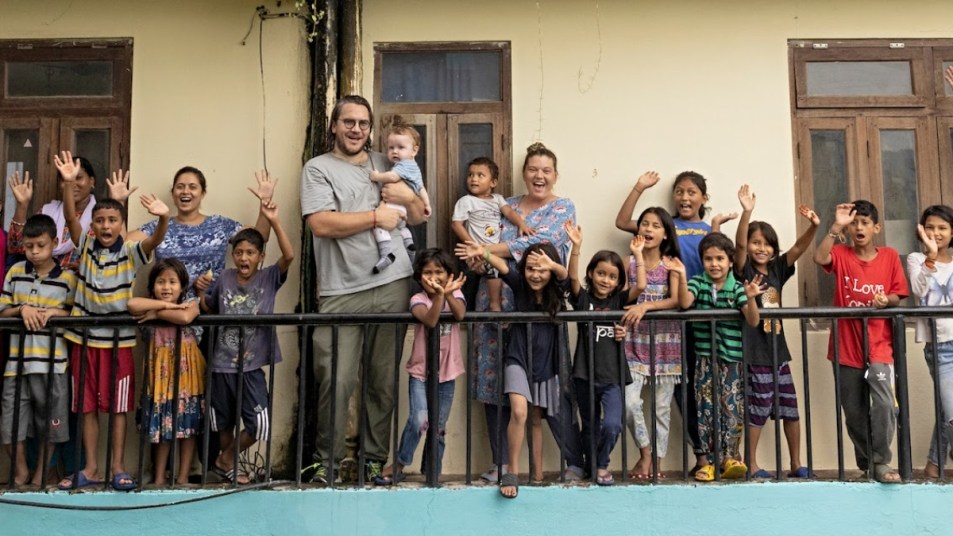
This Monday, May 15, a woman named Maggie Doyne will drive up the coast of California to Washington, where she will celebrate the graduation of a young woman named Nisha. While it will look every bit like the typical American ceremony we know and love, this particular graduation is extra remarkable: Sixteen years ago, Maggie and her team plucked Nisha out of extreme child poverty.
In 2007, five-year-old Nisha was living in a mud hut in rural Nepal, taking care of a neighbor’s babies in exchange for food. When Maggie (a New Jersey native) and her team asked Nisha if she would like to go to school and live in a home with other kids, she nodded enthusiastically. Nisha moved into the home — a children’s center called Kopila Valley — on the night before her sixth birthday, and dove into schoolwork. Night after night, she stayed up late teaching herself how to read.
How Nisha Met Maggie
After graduating high school in 2007, Maggie Doyne decided to go backpacking across the world. On the last leg of her journey, she found herself working at a school and children’s home on the banks of the Ganges River in India. There, she met a man named Tope, a Nepali refugee who managed the school and home, and his niece, Sunita — who was about the same age as Maggie (18). Sunita and Maggie decided to visit Surkhet, Nepal, where Maggie had a life-changing moment: She saw a seven-year-old girl on the bank of a Surkhet river, breaking rocks that would eventually be used in construction. Child labor is common in Nepal, but the moment hit Maggie with full force. She decided she would pay for the girl’s education, if she could.
With translation help from her friend, Sunita, Maggie learned that the girl’s name was Hima, and she wanted to go to school more than anything in the world. To the delight of Hima’s mother, who also worked breaking rocks, Maggie paid for a year’s tuition, a uniform, and Hima’s wages — all of which came out to about 10 US dollars. But it was a drop in the bucket. After learning that a piece of land in Surkhet would cost $5,000 to buy, Maggie called up her parents and asked them to wire all her babysitting savings to Nepal. She bought the land, and recruited Tope, Sunita’s uncle, as her business partner for a future children’s center. With the help of donations from Maggie’s hometown — Mendham, New Jersey — the children’s center became a reality.
Navigating a Unique Motherhood
It was a dream come true for Nisha and several other Nepali children when they came to the Kopila Valley children’s home in 2007. But at 19, Maggie quickly learned that caring for multiple kids was no cake walk. Lice and bed wetting were rampant. Then came chicken pox, diarrhea, and fevers.
“Loving children is easy,” she wrote in her book, Between the Mountain and the Sky. “Caring for them is harder than anything I could have imagined. I can give them food and beds and education; I can sing songs and play games; I can walk them to school and wash their clothing. But when I hear cries of ‘Amma!’ — cries for their own mothers — ricocheting off the walls at two in the morning or fighting their way out of pink, feverish cheeks, I can’t answer the call the way they want me to … All I can do is try my best to love them through grief and trauma.”
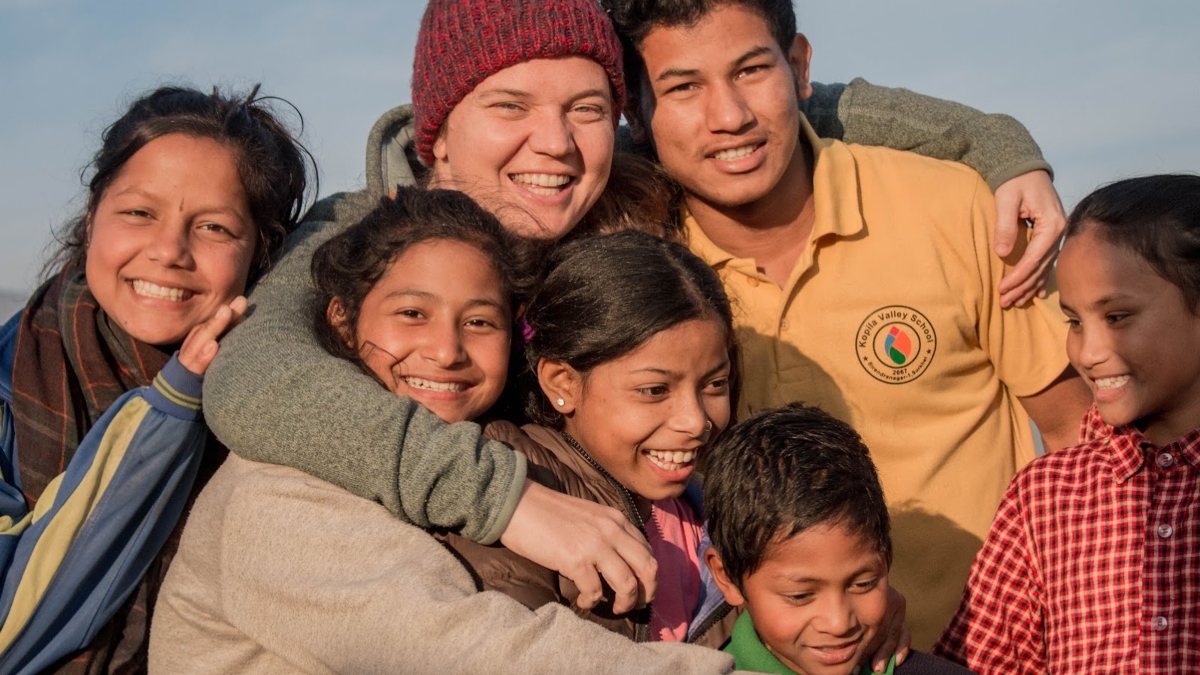
Sixteen years and 76 kids later, Maggie sees herself as a mother and always has. Many of the children call her mom or Maggie Mom — something that makes her feel guilty. (The other women who care for the kids of Kopila Valley are called “aunties.”) Some of the kids, especially the ones who grew up, call her Maggie. The complexity of it all struck Maggie when she and her husband Jeremy (a film producer from Canada) visited the US after having their first biological child, Ruby. When Maggie would take Ruby outside, neighbors and passers-by would ask, “Is this your first baby?”
“I’d never know how to answer it,” Maggie wrote. “Sometimes, I said, “First biological, but I have other children.’ Sometimes I’d just say ‘no.'”
Common Threads
Maggie acknowledges that her motherhood looks nothing like most American motherhoods. Yet 8,000 miles away in Nepal, she sees the common threads that connect mothers everywhere. “Things are different, but things are also very much the same,” she tells FIRST. “Kids everywhere need and want the same thing. It all comes back to the power of love that we all have for a child. It’s one of the strongest forces in the entire world. And if a love like that exists, if we can expand our definition of what family is, and who we love, and the children we choose to love — biological, non-biological, our community’s children, our country’s children — then anything is possible.”
The idea that anything is possible couldn’t be more true for Nisha, who will graduate with a bachelor’s degree in psychology. “Sometimes, I feel like I’m still living in a dream,” Nisha wrote in a blog for Blink Now, the nonprofit organization that funds Kopila Valley. “Some of these things feel so impossible for someone from a remote village of Nepal. So I’m very, very thankful for everything I have.”
Nisha calls Maggie by her first name, and their relationship doesn’t fit perfectly into the box of mother and daughter. Still, Maggie will cheer Nisha across the stage on Monday, as any proud mom would.
Of course, Maggie Doyne certainly doesn’t believe that women have to travel across the world to find the meaning of motherhood. “My message is to help children everywhere, wherever your heart takes you,” she says. “My heart took me to a riverbed in rural Nepal. But I think my call to action is that we need to create a world where every single child is safe and nurtured and educated and loved.”


